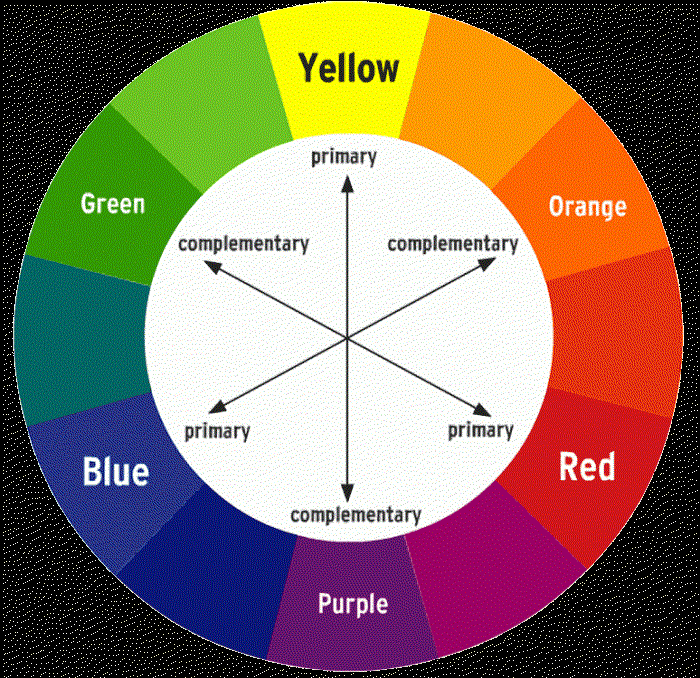What is the NAL unit of HEVC?
HEVC (High Efficiency Video Coding) NAL (Network Abstraction Layer) units are fundamental building blocks used in the HEVC video compression standard. HEVC, also known as H.265, is a video compression standard that provides significant improvements in video quality and compression efficiency compared to its predecessor, H.264.

In HEVC, video frames are divided into smaller units called Coding Units (CUs), which are further divided into prediction units (PUs) and transform units (TUs). These units are then encoded into NAL units for transmission or storage.
NAL units are a part of the video bitstream and serve as the basic units of information that can be independently encoded, transmitted, or decoded. Each NAL unit consists of a header followed by a payload. The header contains information about the type of the NAL unit, its dependencies, and other control information.
The HEVC standard defines several types of NAL units, including:
- VPS (Video Parameter Set): Contains video parameter information for decoding the video sequence.
- SPS (Sequence Parameter Set): Contains information about the video sequence, such as picture dimensions, bit depth, and color representation.
- PPS (Picture Parameter Set): Contains information about individual pictures or frames, such as slice and entropy coding parameters.
- Slice NAL units: Divide the video frames into slices for parallel processing and transmission. Each slice contains a portion of the compressed video data.
- SEI (Supplemental Enhancement Information) NAL units: Contain additional information related to the video sequence, such as metadata, timing, and mastering display color volume information.
These NAL units are combined to form the complete bitstream that represents the encoded video data. On the decoding side, the NAL units are parsed and processed to reconstruct the original video frames.
Overall, HEVC NAL units provide a structured and efficient way to encode, transmit, and decode video data in the HEVC video compression standard.
#Is there any information showing whether one frame is the IDR or key frame?
Yes, in the HEVC (H.265) video compression standard, the IDR (Instantaneous Decoder Refresh) frame is a specific type of key frame. It serves as a random access point for decoding and is independent of any other frames in the video sequence. IDR frames are typically inserted at regular intervals in the bitstream to facilitate seeking and error recovery.
To determine whether a frame is an IDR frame or a key frame in the HEVC bitstream, you can examine the NAL unit type of the frame. In the case of IDR frames, the NAL unit type is “NAL_UNIT_CODED_SLICE_IDR”. This type indicates that the frame is an IDR frame.
When parsing the NAL units of the HEVC bitstream, you can check the NAL unit type field to identify IDR frames. Other types of key frames in HEVC include CRA (Clean Random Access) frames, which are marked as “NAL_UNIT_CODED_SLICE_CRA”.
By examining the NAL unit types and their associated slice types, you can determine the nature of each frame within the HEVC video bitstream, including identifying IDR frames as key frames that provide random access points for decoding.
